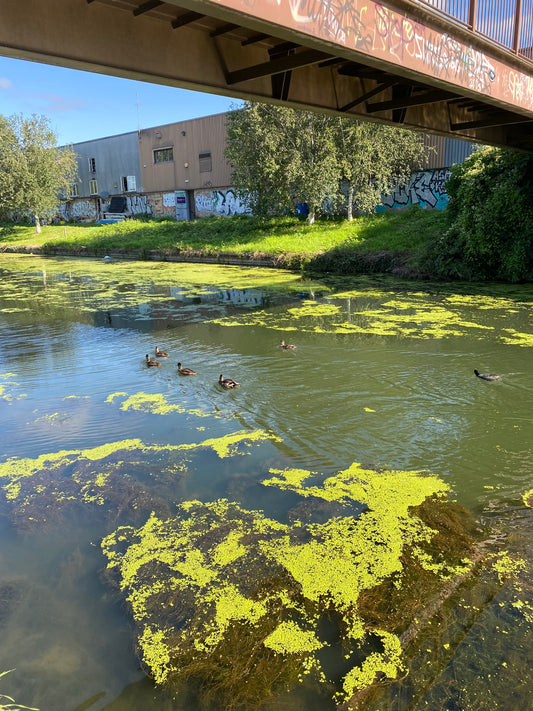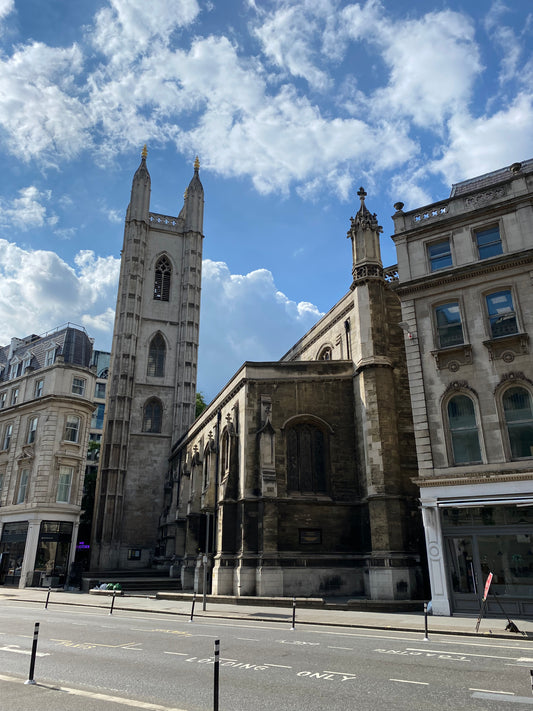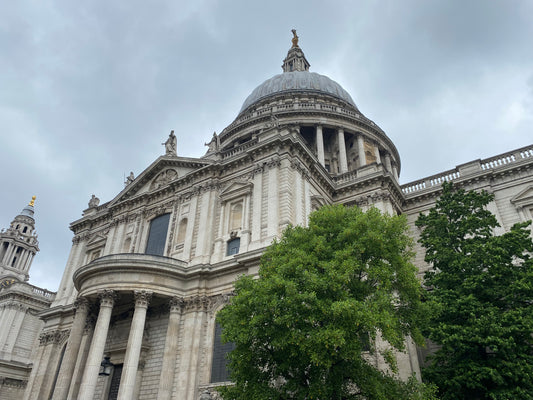NEWS

First Bike commute to Sohovape(city) via Grand...
First bike commute to work via Grand Union canal. Beautiful sunny morning , completed a 15 miles bike ride.... doing my bit to save the environment and lowering the carbon...
First Bike commute to Sohovape(city) via Grand...
First bike commute to work via Grand Union canal. Beautiful sunny morning , completed a 15 miles bike ride.... doing my bit to save the environment and lowering the carbon...

Beautiful Church view from SOHO (CITY) branch
The Guild Church of St Mary Aldermary Key Dates before 1100: Church founded on the site, probably by Benedictine monks from Christchurch Priory, Canterbury.1666: Fire of London destroys 89 churches...
Beautiful Church view from SOHO (CITY) branch
The Guild Church of St Mary Aldermary Key Dates before 1100: Church founded on the site, probably by Benedictine monks from Christchurch Priory, Canterbury.1666: Fire of London destroys 89 churches...

Things to do around our Sohovape (city) store
Things to do around our Sohovape (city) store
Things to do around our Sohovape (city) store
Things to do around our Sohovape (city) store
